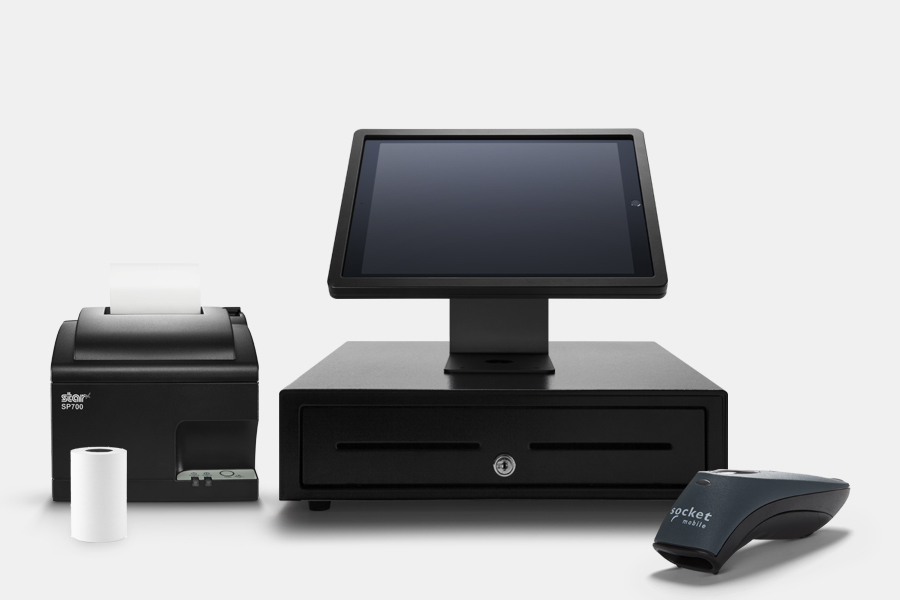

Many districts now rely on cloud-based services and must support an ever-growing number of mobile and Internet-of-Things (IoT) devices that are entering the network. K-12 school districts increasingly leverage digital tools to enhance learning experiences and support back-office functions. An integrated approach not only alleviates the strain on lean IT teams but also helps them achieve their ultimate goal-delivering a network that streamlines education while securing students.

Physical and cybersecurity for school districts require a unified, cost-effective solution that expands to all campuses and helps meet compliance. They must meet a variety of compliance requirements, such as the Children’s Internet Protection Act (CIPA), manage siloed security devices, and ensure that their campus is equipped with physical monitoring systems to keep students safe. Lean IT staffs can find it difficult to meet the growing demands for K-12 cybersecurity in school districts-many of which do not have a dedicated cybersecurity employee. As these networks continue to transform to deliver better learning experiences across campuses, cybersecurity for K-12 cybersecurity is often overlooked, making schools prime targets for cybercriminals. In addition to improving new educational platforms, there are large amounts of financial and personally identifiable information (PII) that must be protected. Many K-12 school districts are rapidly transforming their networks to implement eLearning and other digital programs to enhance student learning across distributed campuses.


 0 kommentar(er)
0 kommentar(er)
